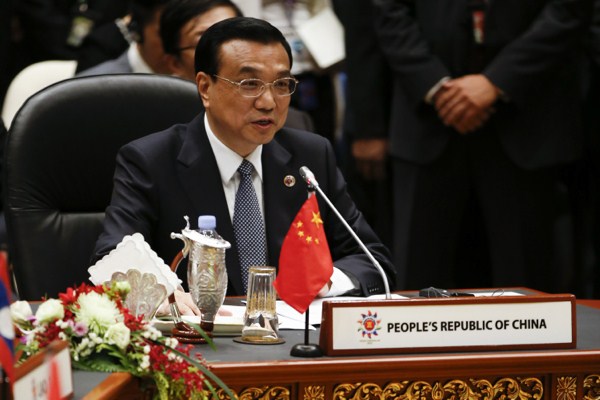China’s initiative to establish a “Maritime Silk Road,” which would connect China to Europe through new and upgraded ports and maritime infrastructure, received a boost this week when Singaporean Prime Minister Lee Hsien Loong backed the plan. In an email interview, Geoffrey Wade, visiting fellow at the Australian National University College of Asia and the Pacific, discussed China’s goals for the Maritime Silk Road initiative.
WPR: What is the proposed route of China's Maritime Silk Road, and how have potential partners responded to the plan?
Geoffrey Wade: The “21st-century Maritime Silk Road” is a rhetorical construct promoted by China since late 2013 as part of its soft-power diplomacy to extend China’s economic and political influence across maritime Asia. Chinese Premier Li Keqiang presented this plan at a China-ASEAN gathering in Brunei in October last year as a rubric to promote “maritime cooperation, connectivity, scientific and environmental research, and fishery activities.” Given that this was announced at an ASEAN-China meeting and stress was placed on the maritime realm, the project also aims, as an unspoken background, to legitimize China’s claims to most of the South China Sea. But the endeavor is broader than this.

